How to Use a Jewelry Bench Polisher Effectively
Jewelry bench polishers are a valuable tool for anyone working with jewelry, whether you are a professional jeweler or a hobbyist. These machines are used to buff and polish jewelry to a high shine, and can be a great time-saver when working on large projects. However, if you've never used a bench polisher before, it can be intimidating to get started. In this article, we'll go over the steps for using a jewelry bench polisher effectively so you can get the best results possible.
Choose the right type of buffing wheel for the job
One of the most important factors when using a bench polisher is choosing the right buffing wheel.
Different materials need different wheels for the best finish.
For example, use a softer cotton wheel to polish gold and a harder felt wheel to buff silver.
Choosing the correct wheel is crucial to avoid damaging your materials.
Different materials need different wheels for the best finish.
For example, use a softer cotton wheel to polish gold and a harder felt wheel to buff silver.
Choosing the correct wheel is crucial to avoid damaging your materials.


Clean your jewelry before polishing
Before polishing, make sure your jewelry is clean and free of dirt or debris.
This helps the buffing wheel work more effectively and delivers a better finish.
Use a soft, lint-free cloth to gently wipe away dirt or grime.
For stubborn dirt or tarnish, consider using a mild detergent.
This helps the buffing wheel work more effectively and delivers a better finish.
Use a soft, lint-free cloth to gently wipe away dirt or grime.
For stubborn dirt or tarnish, consider using a mild detergent.
Start with a low speed
When starting with a bench polisher, begin at a low speed and gradually increase it as needed.
This helps you get a feel for the machine and prevents damaging your jewelry.
The machine's speed affects the finish higher speeds can create a smoother finish but may generate heat that risks damage.
This helps you get a feel for the machine and prevents damaging your jewelry.
The machine's speed affects the finish higher speeds can create a smoother finish but may generate heat that risks damage.
Use a light touch
You don't need to apply much pressure when using a bench polisher.
Too much pressure can heat up the buffing wheel and damage your jewelry.
Use a light touch and let the machine do the work.
Hold the jewelry steady with pliers if needed, but be careful not to press too hard.
Too much pressure can heat up the buffing wheel and damage your jewelry.
Use a light touch and let the machine do the work.
Hold the jewelry steady with pliers if needed, but be careful not to press too hard.
Use a polishing compound
A polishing compound is a special paste that removes scratches and enhances your jewelry's shine.
You can apply it to the buffing wheel or directly onto the jewelry before polishing.
Make sure to use the right compound for your materials to avoid damage.
There are various types available, so research and choose one suitable for your pieces.
You can apply it to the buffing wheel or directly onto the jewelry before polishing.
Make sure to use the right compound for your materials to avoid damage.
There are various types available, so research and choose one suitable for your pieces.


Wear protective gear
When using a bench polisher, protect your eyes and skin from flying debris.
Wear safety glasses to shield your eyes and gloves to protect your hands.
This keeps you safe while working.
A bench polisher hood is also helpful, as it catches some of the flying debris.
Wear safety glasses to shield your eyes and gloves to protect your hands.
This keeps you safe while working.
A bench polisher hood is also helpful, as it catches some of the flying debris.


Know when to stop
It's easy to get carried away when using a bench polisher, but knowing when to stop is important.
Over-polishing can damage your jewelry and create a dull finish.
As a rule, stop polishing once you see a high shine on your piece.
This helps prevent over-polishing and protects your jewelry.
Over-polishing can damage your jewelry and create a dull finish.
As a rule, stop polishing once you see a high shine on your piece.
This helps prevent over-polishing and protects your jewelry.
By following these tips, you can effectively use a jewelry bench polisher to give your jewelry a beautiful, high-shine finish.
With a little practice, you'll be a pro in no time!
With a little practice, you'll be a pro in no time!
Materials
No materials listed
Tools

Benchtop Polisher
POL-260.00
- POL-260.00
- Lesson Quantity: 1.00 pieces
- Purchase Quantity: 1.00 each
- Price: $115.97
- Gold Club Price: $86.98

Hood for Benchtop Polisher
POL-262.00
- POL-262.00
- Lesson Quantity: 1.00 pieces
- Purchase Quantity: 1.00 each
- Price: $41.97
- Gold Club Price: $31.48

Medium Abrasive Buff for Benchtop Polisher - 2 Pack
POL-260.01
- POL-260.01
- Lesson Quantity: 1.00 pieces
- Purchase Quantity: 1.00 each
- Price: $12.95
- Gold Club Price: $9.71

Cutting and Polishing Compound, Brown Tripoli, standard bar size approx. 5.5 x 1.5 inches
POL-625.40
- POL-625.40
- Lesson Quantity: 1.00 pieces
- Purchase Quantity: 1.00 each
- Price: $4.47
- Gold Club Price: $3.35

Cutting and Polishing Compound, White, 1 Pound
POL-625.30
- POL-625.30
- Lesson Quantity: 1.00 pieces
- Purchase Quantity: 1.00 each
- Price: $7.95
- Gold Club Price: $5.96

Safety Glasses
G21-1
- G21-1
- Lesson Quantity: 1.00 pieces
- Purchase Quantity: 1.00 each
- Price: $2.97
- Gold Club Price: $2.23
- Category: Tools
- Technique(s): Tools








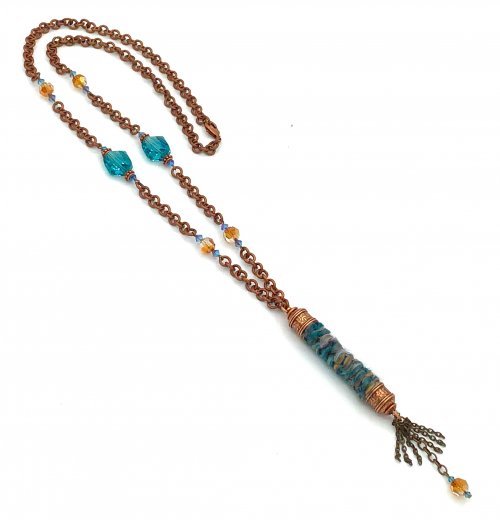
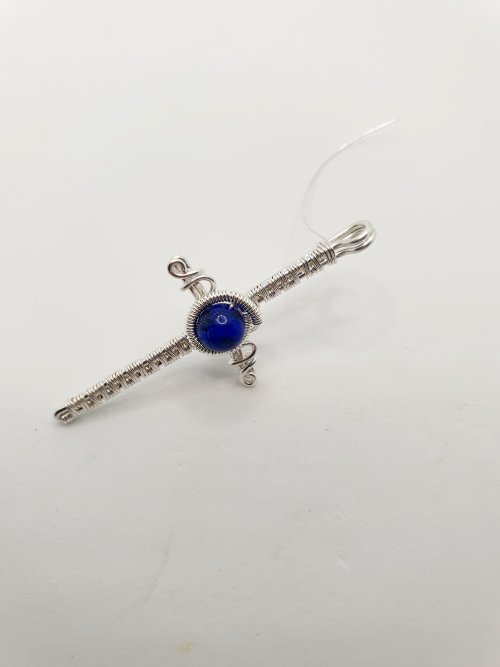
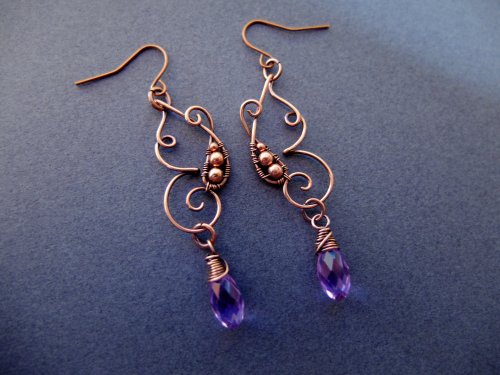

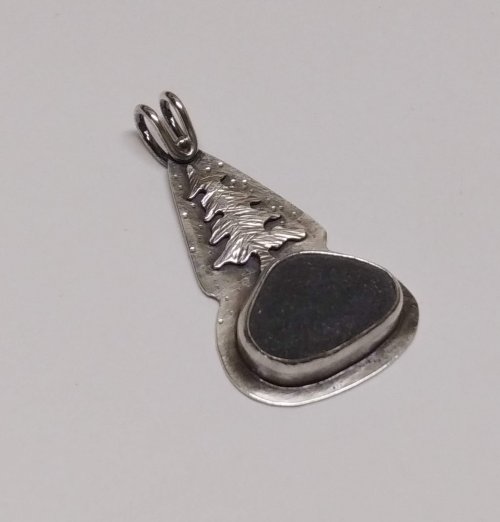
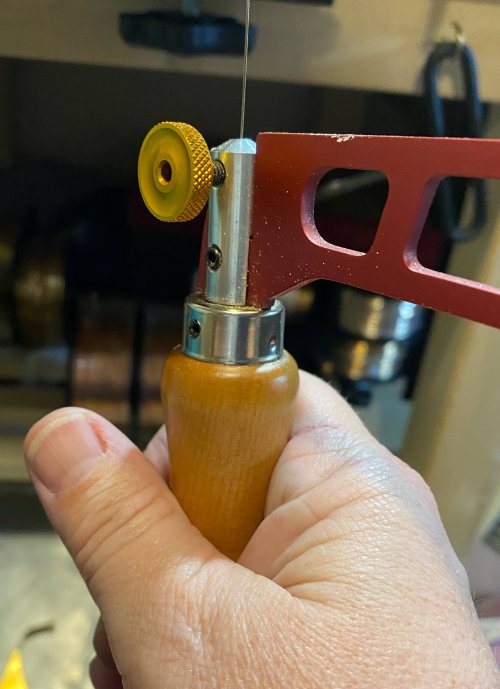
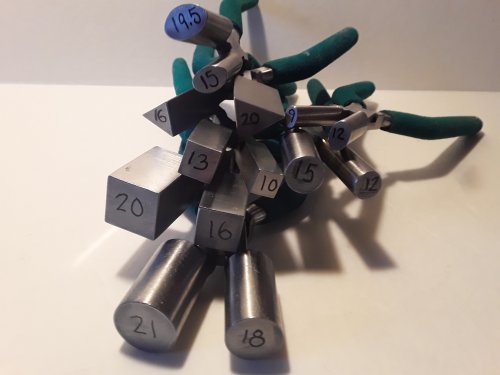
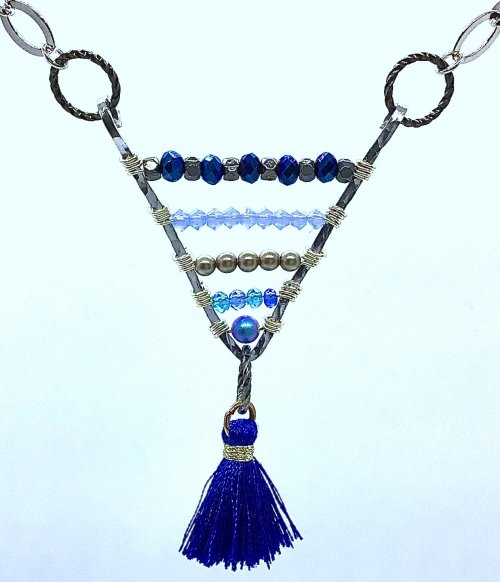




 About Jewelry Chain- About Ball Chain
About Jewelry Chain- About Ball Chain
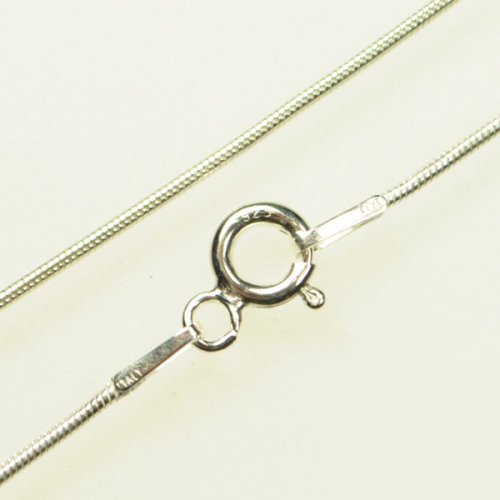 About Jewelry Chain- Snake Chain and Omega Chain
About Jewelry Chain- Snake Chain and Omega Chain
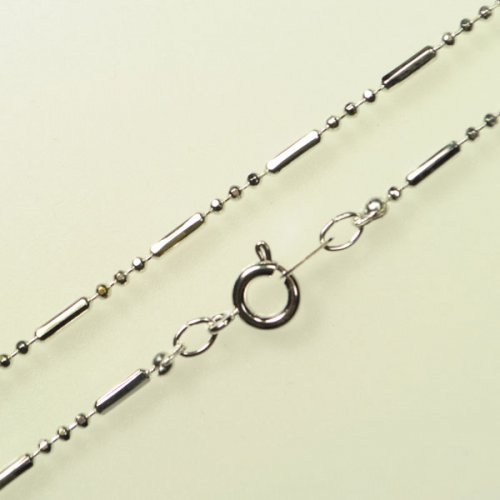 About Jewelry Chain- Bar Chain and Peanut Chain
About Jewelry Chain- Bar Chain and Peanut Chain
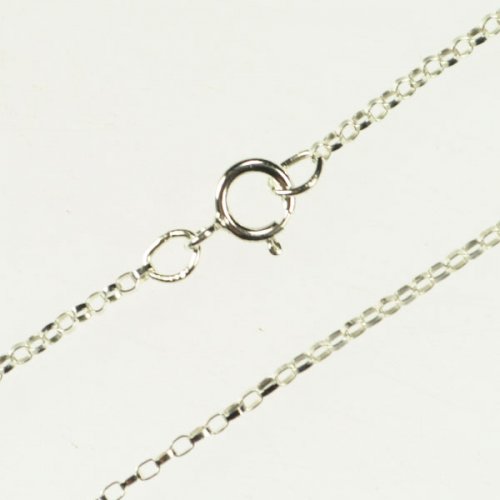 About Jewelry Chain - Cable Chain and Rolo Chain
About Jewelry Chain - Cable Chain and Rolo Chain
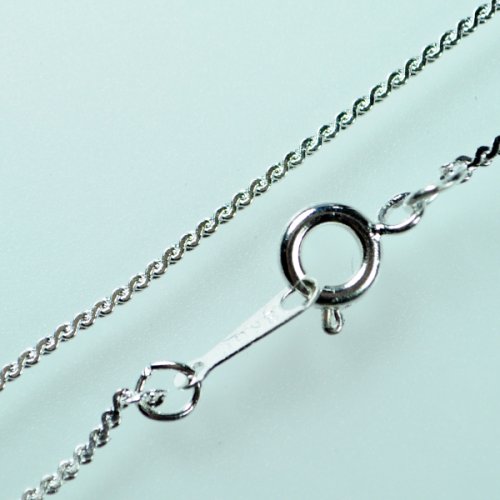 About Jewelry Chain- Curb Chain and Gourmette Chain
About Jewelry Chain- Curb Chain and Gourmette Chain
 About Jewelry Chain- Figaro Chain
About Jewelry Chain- Figaro Chain
 About Jewelry Chain- Infinity Chain and Anchor Chain
About Jewelry Chain- Infinity Chain and Anchor Chain
 About Jewelry Chain- Chain Reference Sheet
About Jewelry Chain- Chain Reference Sheet
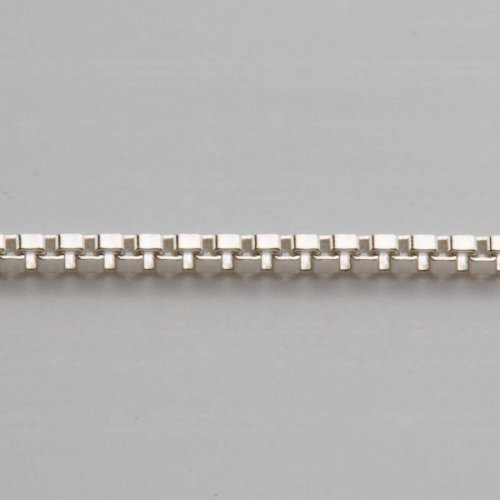 About Jewelry Chain- Venetian Chain and Box Chain
About Jewelry Chain- Venetian Chain and Box Chain
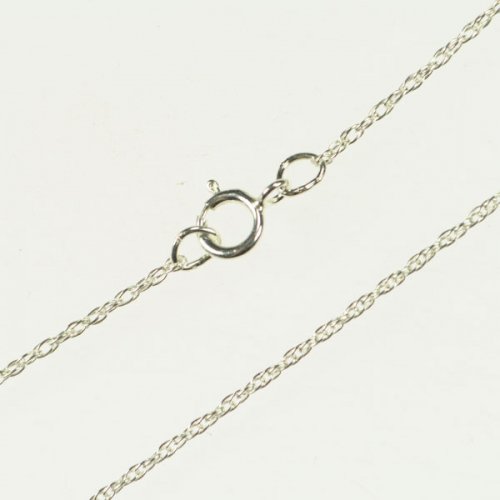 About Jewelry Chain- Wheat Chain and Rope Chain
About Jewelry Chain- Wheat Chain and Rope Chain
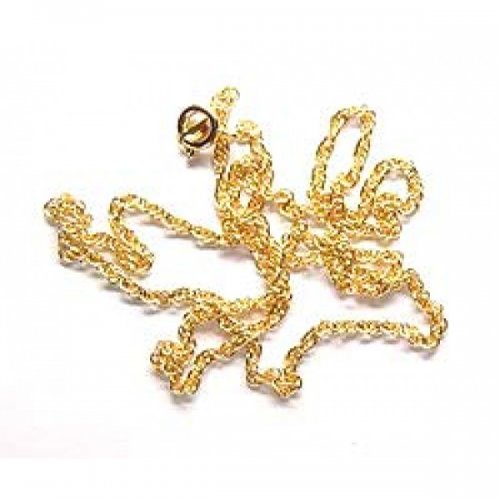 Introduction to Chain
Introduction to Chain
 Access More Money by Making Jewelry When Your Prices Are Right
Access More Money by Making Jewelry When Your Prices Are Right
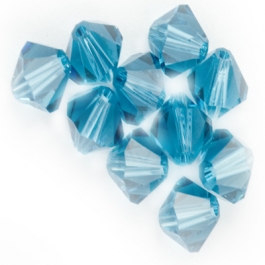 An Introduction to Beads and Beading
An Introduction to Beads and Beading
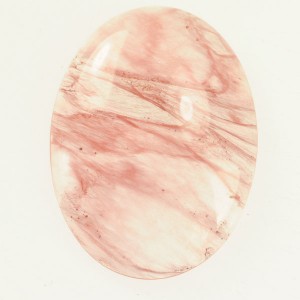 Common Gemstone Misconceptions
Common Gemstone Misconceptions
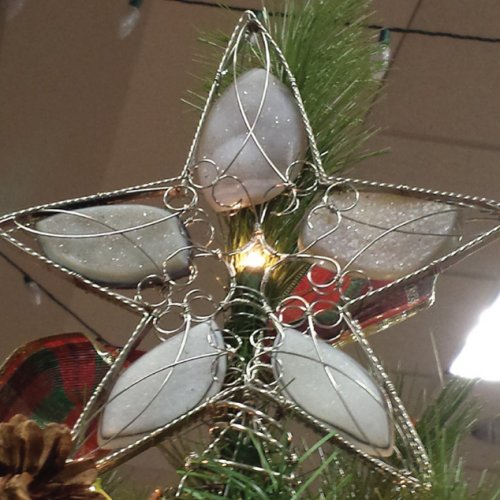 Wire Wrapped Christmas Tree
Wire Wrapped Christmas Tree
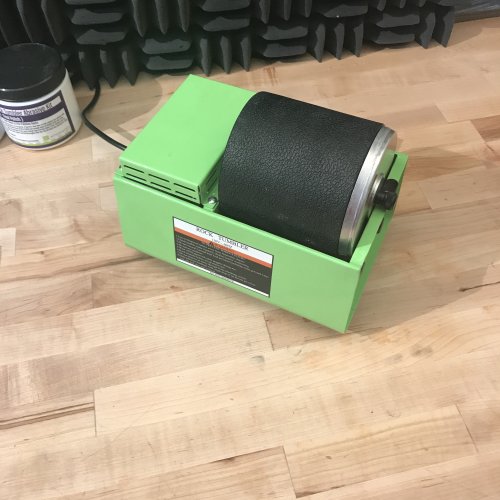 How To Polish Metal Jewelry using a Rotary Tumbler
How To Polish Metal Jewelry using a Rotary Tumbler
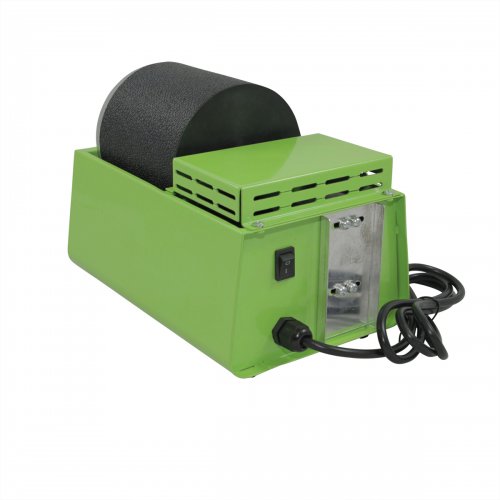 How To Polish Your Own Rocks using a Rotary Rock Tumbler
How To Polish Your Own Rocks using a Rotary Rock Tumbler
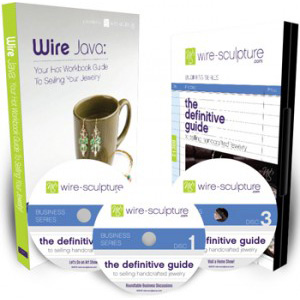 How to Merchandise Your Jewelry on the Internet
How to Merchandise Your Jewelry on the Internet
 How to Use Twitter as a Wire Jewelry Artist
How to Use Twitter as a Wire Jewelry Artist
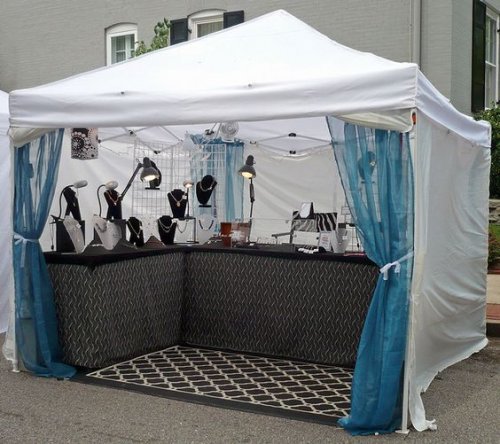 20 Ideas to get your Jewelry Biz Busy
20 Ideas to get your Jewelry Biz Busy
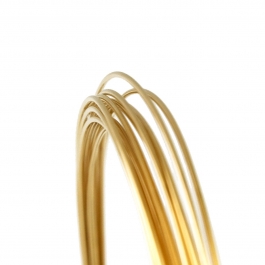 Watching the Precious Metals Market
Watching the Precious Metals Market
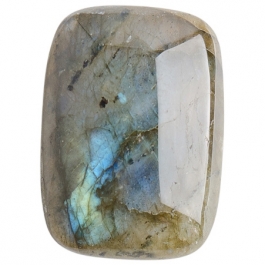 Jewelry Design Ideas - Get Inspired
Jewelry Design Ideas - Get Inspired
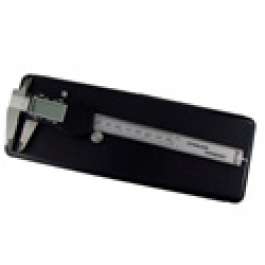 Measuring Tools
Measuring Tools
 July Birthstone - The Ruby
July Birthstone - The Ruby
 February Birthstone- Amethyst
February Birthstone- Amethyst
 March Birthstone - Aquamarine and Bloodstone
March Birthstone - Aquamarine and Bloodstone
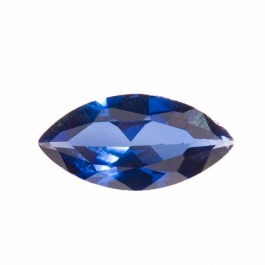 September Birthstone - Sapphire
September Birthstone - Sapphire
 November Birthstones - Topaz and Citrine
November Birthstones - Topaz and Citrine
 October Birthstones - Rose Zircon, Pink Tourmaline and Opal
October Birthstones - Rose Zircon, Pink Tourmaline and Opal
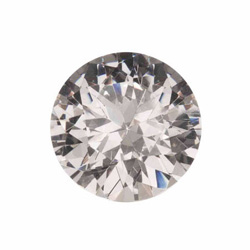 April Birthstone - The Diamond
April Birthstone - The Diamond
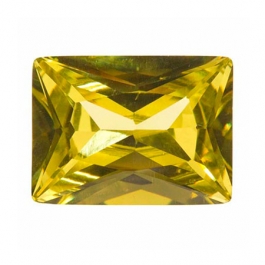 August Birthstone - Peridot and Sardonyx
August Birthstone - Peridot and Sardonyx
 June Birthstones - Alexandrite, Pearl and Moonstone
June Birthstones - Alexandrite, Pearl and Moonstone
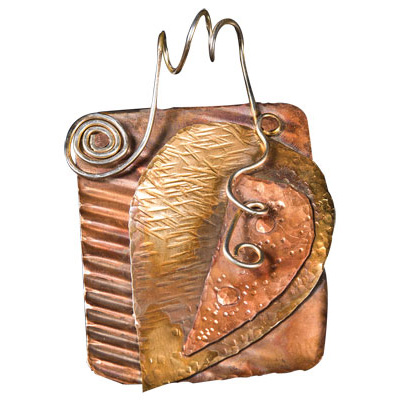 Metalsmithing
Metalsmithing
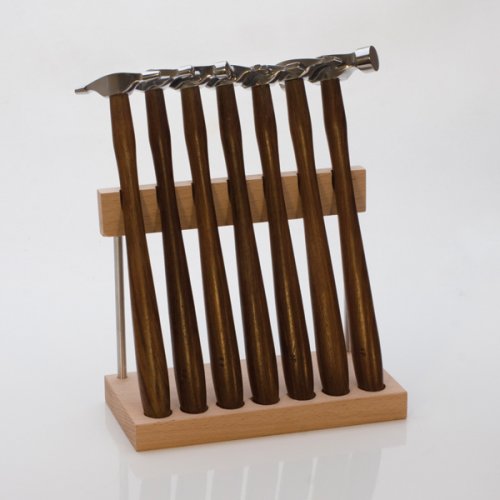 Featured Tool - Mini TruStrike Hammers
Featured Tool - Mini TruStrike Hammers
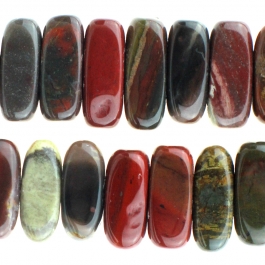 Natural Jasper Stones - Cabochon Gemstones
Natural Jasper Stones - Cabochon Gemstones
 Organize Your Jewelry Box
Organize Your Jewelry Box
 Pearls- It's a Cultural Thing
Pearls- It's a Cultural Thing
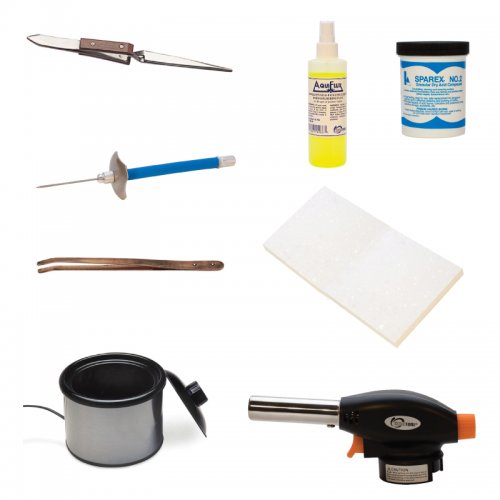 Soldering 101
Soldering 101
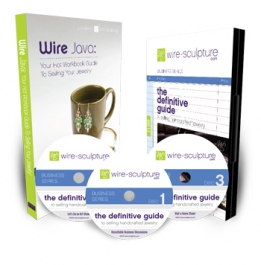 Starting Your Own Home Jewelry Business
Starting Your Own Home Jewelry Business
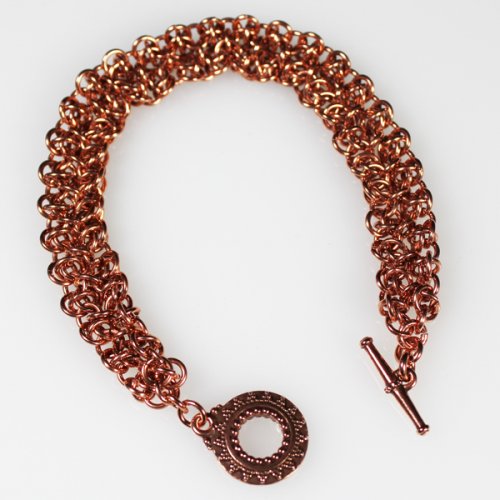 The Art of Creating Chainmail
The Art of Creating Chainmail
 Why Should I Be Using Facebook
Why Should I Be Using Facebook
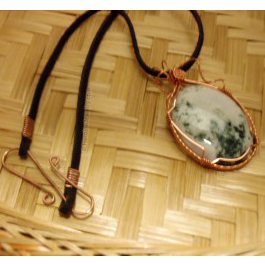 Make Handmade Neck Cords on a Dime
Make Handmade Neck Cords on a Dime
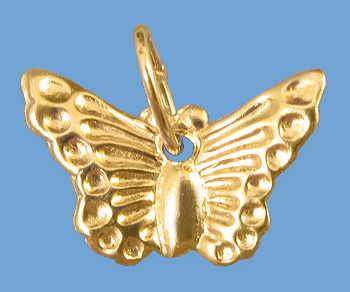 Tagging Handmade Jewelry Gifts
Tagging Handmade Jewelry Gifts
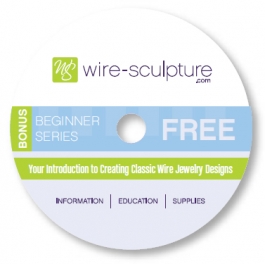 Share Your Expertise with Your Community
Share Your Expertise with Your Community
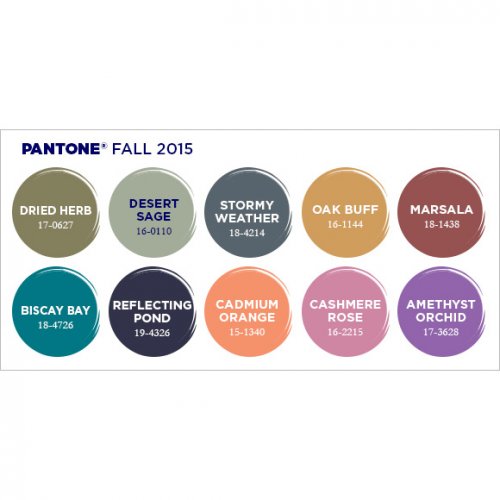 Creating Color Schemes for Jewelry Making
Creating Color Schemes for Jewelry Making
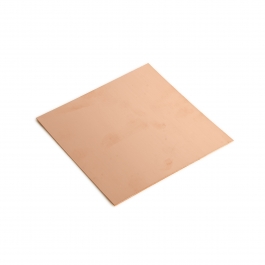 Bronze, Brass, Nickel Silver and Copper Base Metals
Bronze, Brass, Nickel Silver and Copper Base Metals
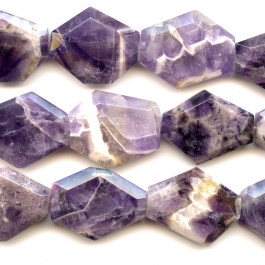 Gemstone Treatments
Gemstone Treatments
 How Wire is Made
How Wire is Made
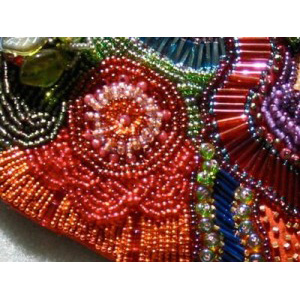 Beading A-B-C's
Beading A-B-C's
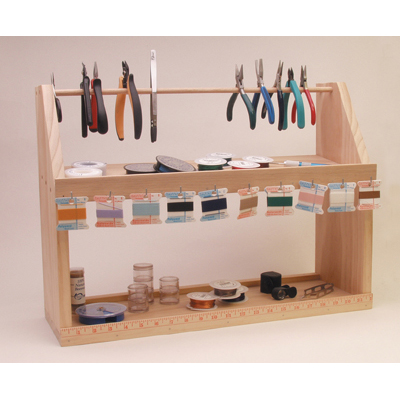 How to Set Up Your Workspace
How to Set Up Your Workspace
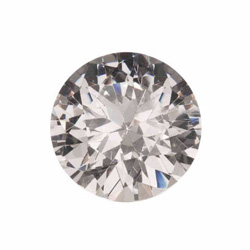 Gem Profile- Diamond
Gem Profile- Diamond
 Gem Profile- Peridot
Gem Profile- Peridot
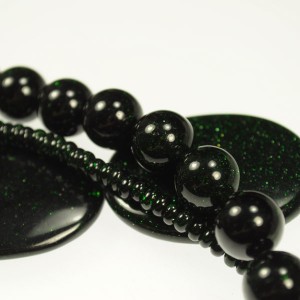 Gem Profile- Goldstone
Gem Profile- Goldstone
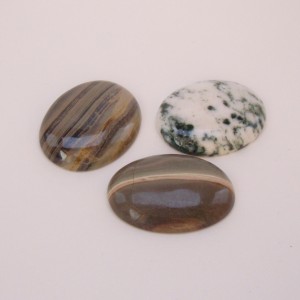 Gem Profile- Cryptocrystalline Quartz Introduction
Gem Profile- Cryptocrystalline Quartz Introduction
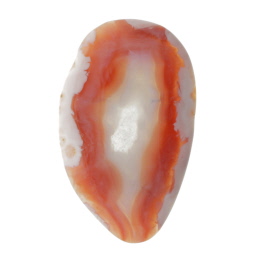 Gem Profile- Banded Agate and Brecciated Agate
Gem Profile- Banded Agate and Brecciated Agate
 Gem Profile- Emerald
Gem Profile- Emerald
 Gem Profile- Titanite or Sphene
Gem Profile- Titanite or Sphene
 Gem Profile- Morganite
Gem Profile- Morganite
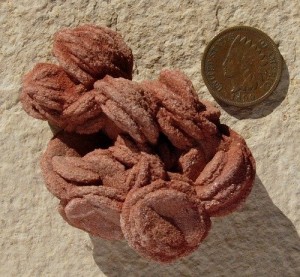 Gem Profile- Desert Rose
Gem Profile- Desert Rose
 Gem Profile- Iolite
Gem Profile- Iolite
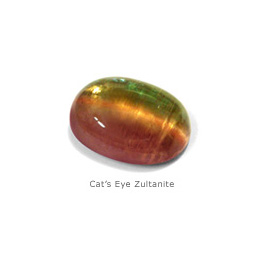 Gem Profile- Zultanite
Gem Profile- Zultanite
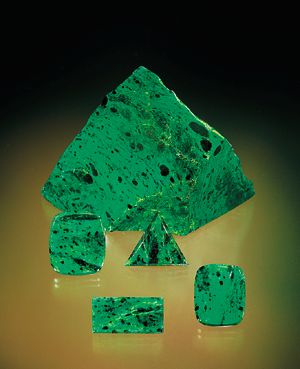 Gem Profile- Maw Sit Sit
Gem Profile- Maw Sit Sit
 Gem Profile- Tanzanite
Gem Profile- Tanzanite
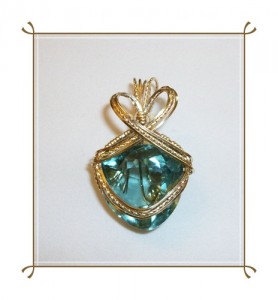 Gem Profile- Aquamarine
Gem Profile- Aquamarine
 Gem Profile- Turquoise
Gem Profile- Turquoise
 Gem Profile- Turquoise Types
Gem Profile- Turquoise Types
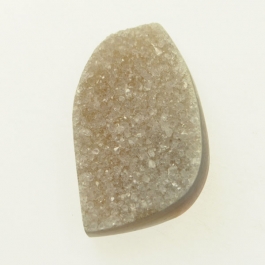 Gem Profile- What's Druze
Gem Profile- What's Druze
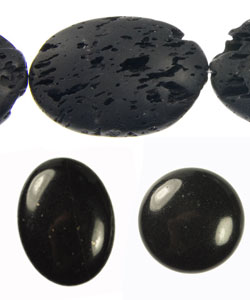 Gem Profile- Basalt
Gem Profile- Basalt
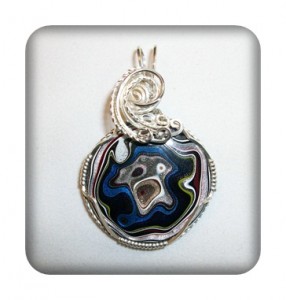 Gem Profile- Fordite
Gem Profile- Fordite
 Gem Profile- Variscite
Gem Profile- Variscite
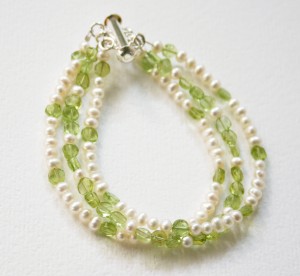 Gem Profile- Pearls
Gem Profile- Pearls
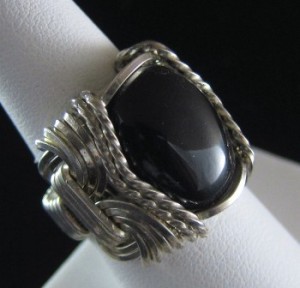 Gem Profile- Onyx
Gem Profile- Onyx
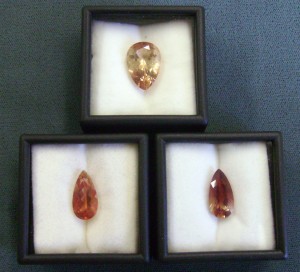 Gem Profile- Sunstone
Gem Profile- Sunstone
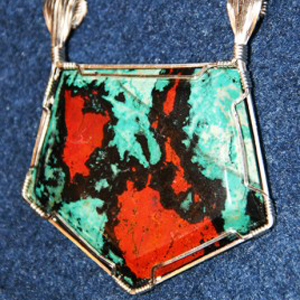 Gem Profile- Sonora Sunrise
Gem Profile- Sonora Sunrise
 Gem Profile- Rhodonite
Gem Profile- Rhodonite
 Gem Profile- Glass, Crystal and Quartz
Gem Profile- Glass, Crystal and Quartz
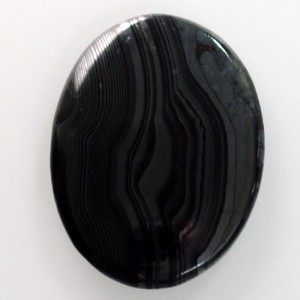 Gem Profile- Psilomelane
Gem Profile- Psilomelane
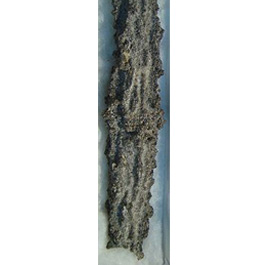 Gem Profile- Fulgurite
Gem Profile- Fulgurite
 Gem Profile- Cat's Eye
Gem Profile- Cat's Eye
 Gem Profile- Carnelian
Gem Profile- Carnelian
 Gem Profile- Petoskey Stones and Indonesian Fossil Coral
Gem Profile- Petoskey Stones and Indonesian Fossil Coral
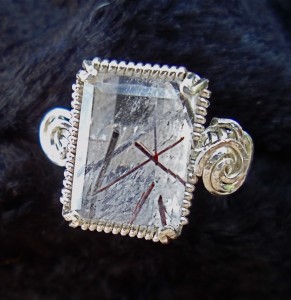 Gem Profile- Rutilated Quartz
Gem Profile- Rutilated Quartz
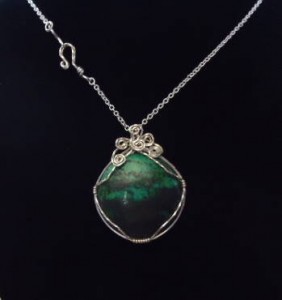 Gem Profile- Chrysocolla
Gem Profile- Chrysocolla
 Gem Profile- Jet
Gem Profile- Jet
 Gem Profile- Chrysoprase
Gem Profile- Chrysoprase
 Gem Profile- Rhyolite
Gem Profile- Rhyolite
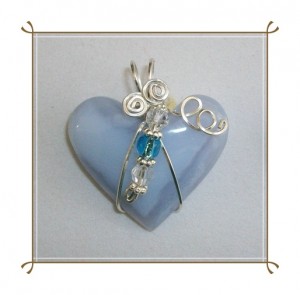 Gem Profile- Chalcedony
Gem Profile- Chalcedony
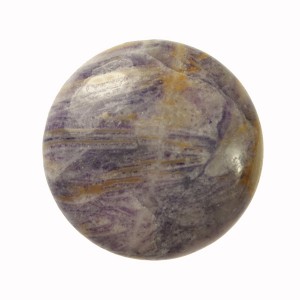 Gem Profile- Lepidolite and Sugilite
Gem Profile- Lepidolite and Sugilite
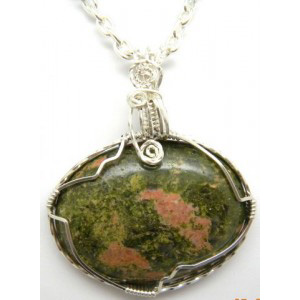 Gem Profile- Unakite
Gem Profile- Unakite
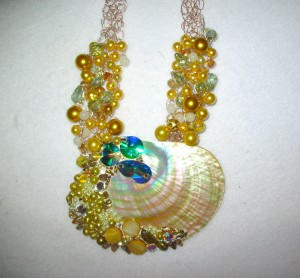 Gem Profile- Cowrie Shells, Conch Shells, and Drilling Shells
Gem Profile- Cowrie Shells, Conch Shells, and Drilling Shells
 Gem Profile- Mother of Pearl
Gem Profile- Mother of Pearl
 Gem Profile- Moss Agate and Plume Agate
Gem Profile- Moss Agate and Plume Agate
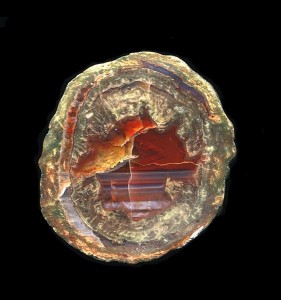 Gem Profile- Thundereggs and Mexican Lace Agate
Gem Profile- Thundereggs and Mexican Lace Agate
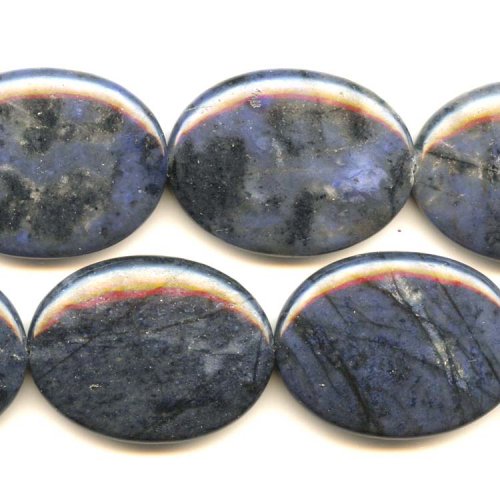 Gem Profile- Dumortierite
Gem Profile- Dumortierite
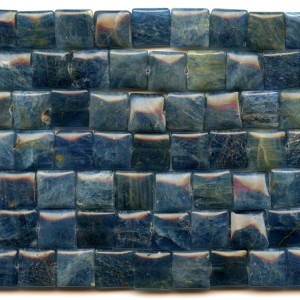 Gem Profile- Apatite
Gem Profile- Apatite
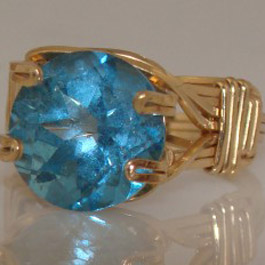 Gem Profile- Blue Topaz
Gem Profile- Blue Topaz
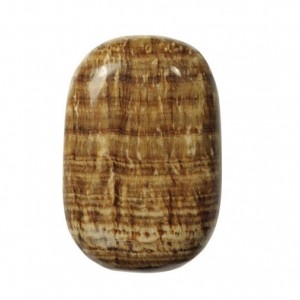 Gem Profile- Aragonite
Gem Profile- Aragonite
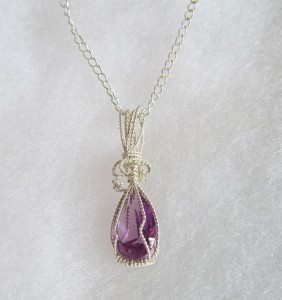 Gem Profile- Zircon and Cubic Zirconia
Gem Profile- Zircon and Cubic Zirconia
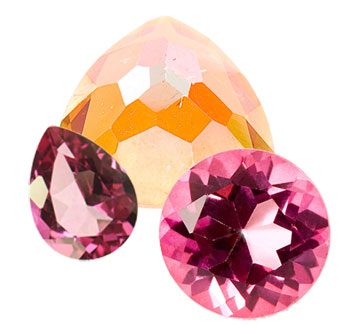 Gem Profile- Topaz
Gem Profile- Topaz
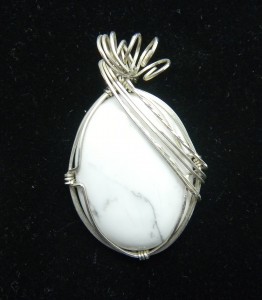 Gem Profile- Howlite
Gem Profile- Howlite
 Gem Profile- Sodalite
Gem Profile- Sodalite
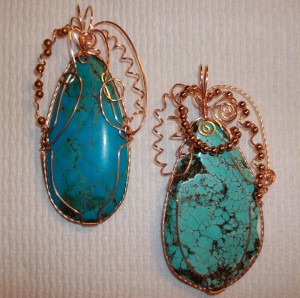 Gem Profile- Magnesite
Gem Profile- Magnesite
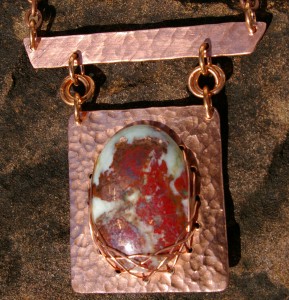 Gem Profile- Cuprite
Gem Profile- Cuprite
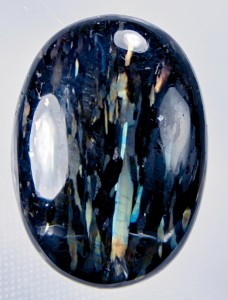 Gem Profile- Nuummite
Gem Profile- Nuummite
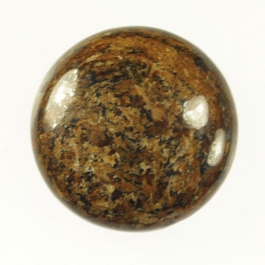 Gem Profile- Bronzite
Gem Profile- Bronzite
 Gem Profile- Kyanite
Gem Profile- Kyanite
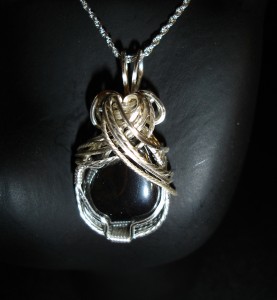 Gem Profile- Hematite
Gem Profile- Hematite
 Gem Profile- Derbyshire Blue John
Gem Profile- Derbyshire Blue John
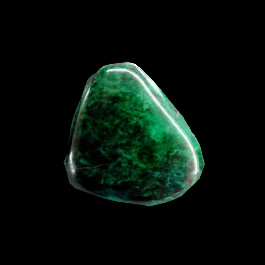 Gem Profile- Eilat Stone
Gem Profile- Eilat Stone
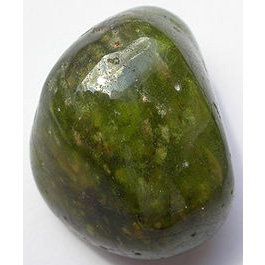 Gem Profile- Vesuvianite
Gem Profile- Vesuvianite
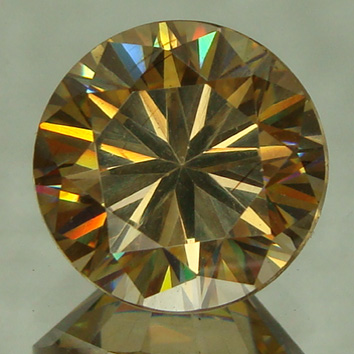 Gem Profile- Strontium Titanate -Fabulite
Gem Profile- Strontium Titanate -Fabulite
 Gem Profile- Tourmaline
Gem Profile- Tourmaline
 Gem Profile- Larimar
Gem Profile- Larimar
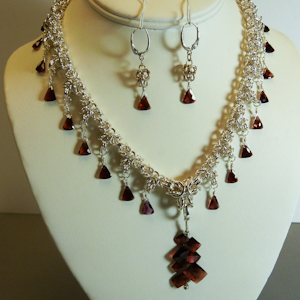 Gem Profile- Garnet
Gem Profile- Garnet
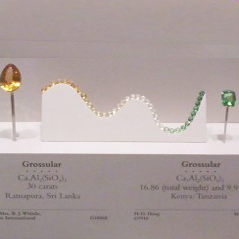 Gem Profile- Tsavorite and Green Garnets
Gem Profile- Tsavorite and Green Garnets
 Gem Profile- Seraphinite
Gem Profile- Seraphinite
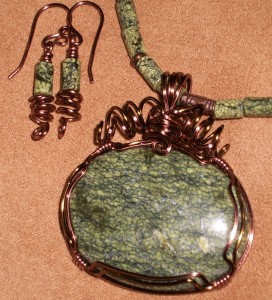 Gem Profile- Serpentine
Gem Profile- Serpentine
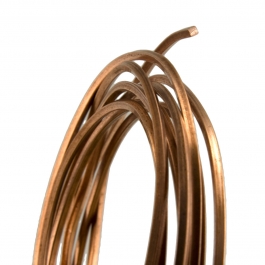 American Wire Gauge
American Wire Gauge
 Viking Knit and Spool Knit Chain
Viking Knit and Spool Knit Chain
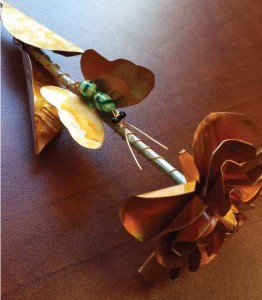 Copper Roses
Copper Roses
 How to Make Medical ID Bracelets Special
How to Make Medical ID Bracelets Special
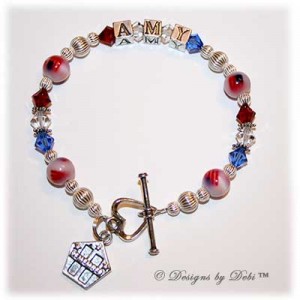 Remembering the Fallen
Remembering the Fallen
 6 Ways to Find Your Uniqueness in Jewelry
6 Ways to Find Your Uniqueness in Jewelry
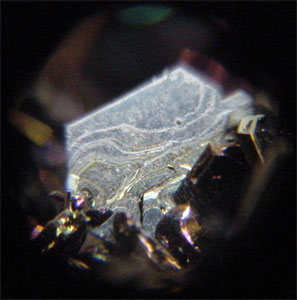 Gem Profile- Moissanite
Gem Profile- Moissanite
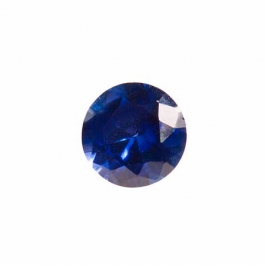 Birthstone Swarovski Colors
Birthstone Swarovski Colors
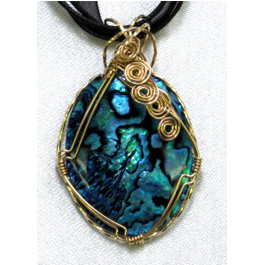 Gem profile- Paua and Abalone
Gem profile- Paua and Abalone
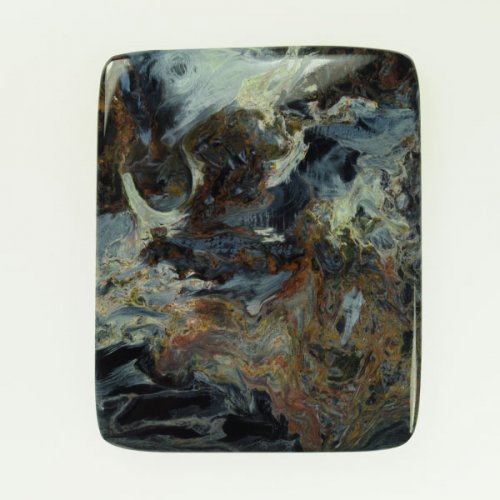 Tips for Tucson Shopping- Gem Show Secrets
Tips for Tucson Shopping- Gem Show Secrets
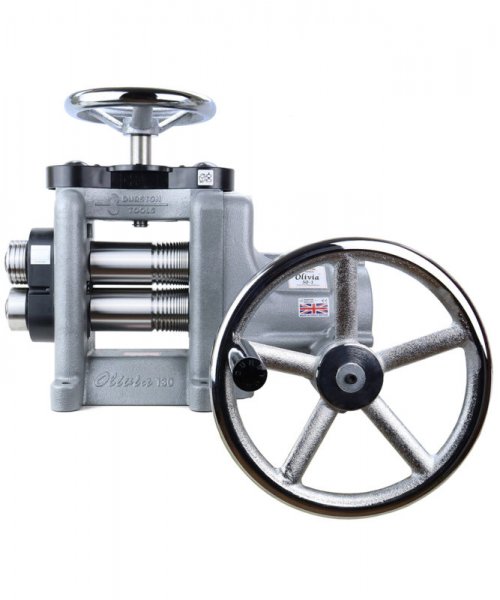 Durston Olivia Rolling Mills
Durston Olivia Rolling Mills
 5 Jewelry Patterns to Keep Summer Going
5 Jewelry Patterns to Keep Summer Going
 Why Jewelry Makers Love Boho And Free-Form Designs
Why Jewelry Makers Love Boho And Free-Form Designs
 5 Fall Leaf Jewelry Patterns to Capture the Colors of Autumn
5 Fall Leaf Jewelry Patterns to Capture the Colors of Autumn
 Bold Gemstone Wire Jewelry Tutorials for Beginners
Bold Gemstone Wire Jewelry Tutorials for Beginners
 Why Remodeling Old Designs Saves You Money and Sparks Creativity
Why Remodeling Old Designs Saves You Money and Sparks Creativity

